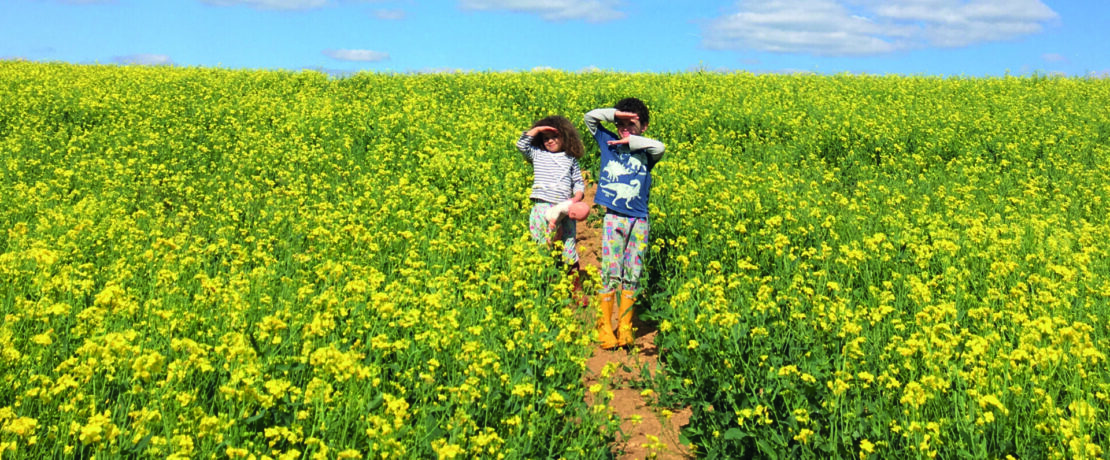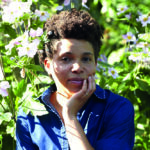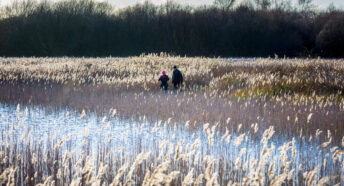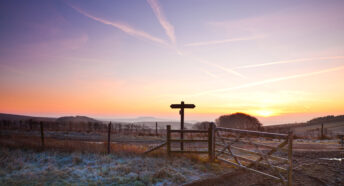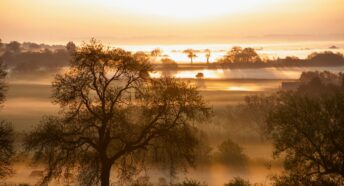A sense of belonging in the countryside
It is a warm day in spring, one of those hot, dry spells that seem to come too early in the year, but that are getting more frequent.
Reluctant to believe what my body is telling me about the actual temperature, I sweat lightly in my jumper and jeans, a thin film beading my skin, panting a little as I follow the children up the steep slopes of our walk. We live in a valley, so an uphill climb is a feature of any adventure we take into the surrounding countryside – but the reward is open vistas stretching out over the gently rumpled hills, folded by the streams, brooks and rivers that trace the skin of this place.
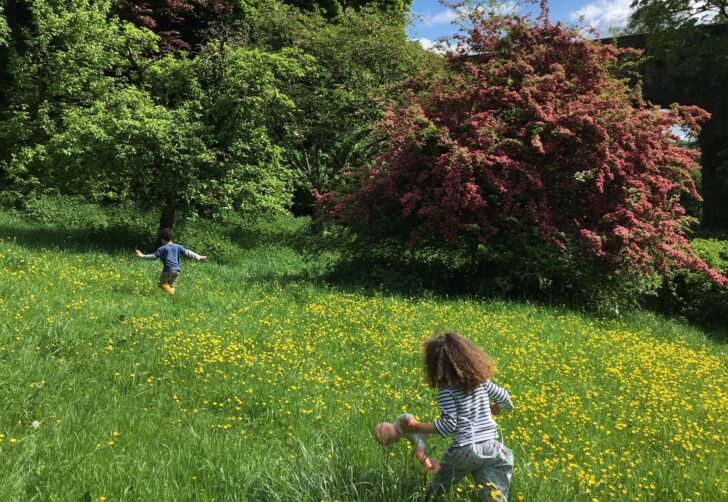
We reach our destination, and the children strip off gleefully and pelt themselves into the water of the brook, shrieking with laughter as they splash each other’s writhing bodies. I take off my shoes and socks, and paddle in the shallows. It is cold, and within a couple of minutes I am grateful for my jumper. The children, hardier than I could ever dream of being, begin to paint their bodies in the clay mud that lines the banks. It is part of some game, the intricate rules of which I am too grown up to understand, but I sit on a rock at the edge of the brook and marvel at their closeness to this place, their total immersion in it, as their own brown skin gradually disappears, clad instead in the brown of the earth that surrounds them.
Accessing green spaces
This is what I was hoping for when we relocated our family from the busy, densely terraced streets of our old home, noisy with ambulance sirens and buses, to the countryside. There, every surface was clad in unyielding concrete, asphalt or brick. The plants were tenacious wildflowers that grew in the cracks of things, or cultivated creatures that lived curtailed lives in pots.
I had not noticed quite how little green I encountered on my daily routine until I had my son, whose first act of the day on learning to walk at 10 months would be to head to the front door and hammer on it, demanding to be let outside. We had no garden, so I spent the rest of my maternity leave with him, and most of the one with his sister who followed soon after, finding the green, open spaces that we could easily and freely access.
But I soon felt the limitations of that. These softly verdant places that we journeyed to in cars, with our picnics and outdoor gear, to pack up again and return to the hard, grey lines of the landscape of our home, were not our places. We were visitors, temporarily enjoying the freedom and reprieve that these landscapes offered, but they were not places to which we belonged.
The gift of belonging
As an immigrant to this country from the Caribbean, one with ancestors who found themselves drawn – some willingly and others forcibly – to the Caribbean island of my birth, a sense of belonging to place felt the most precious gift to pass on to my children. Displacements and uprootings from landscapes were my common inheritance from disparate peoples. Being shackled to the land for forced labour, as my enslaved ancestors had been, had introduced a painful rupture in the relationship with place, one that requires generations to heal. Motherhood birthed these realisations into my consciousness, but also the realisation that I needed space for these acts of reparation to occur.
Unlike the green alkanet that flowered undimmed in the exhaust of the parking lot at the end of our road, I could not root with my children into the cracks. And so we picked up our lives and landed on the expansive slopes of these Somerset hills.
Creatures of the countryside
Dried off in the warm spring sunshine, the children and I make our way back to our house through this landscape that we have made our home. They chatter as we walk, my daughter skipping ahead through the field and planning what we should do to celebrate the upcoming spring equinox. We reach the small wood nearest our home, in which the children have borrowed deserted fox dens under the roots of the largest trees as their own. I hear them call the names of some of the creatures we walk among. Ash and hazel and oak, nettle and plantain, dandelion and ivy; I see that they begin to recognise the other creatures of this countryside landscape as kin.
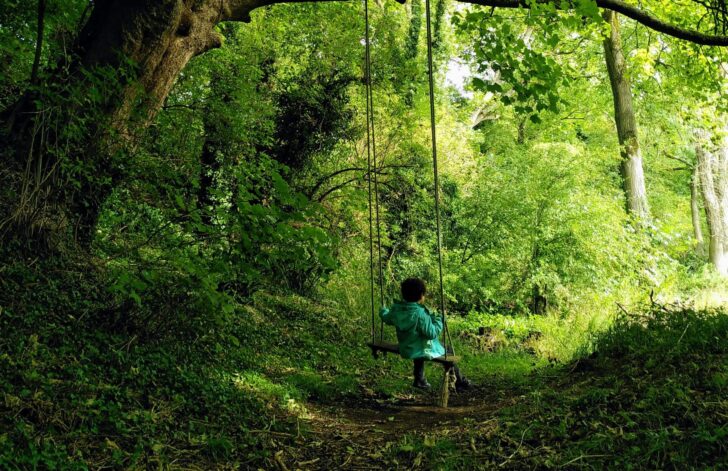
A keen smell cuts through the spring woodland musk – wild garlic. It is our favourite thing about this time of year. We gather a few handfuls, and the children run gleefully ahead of me through the field to our home, waving their green banners of tonight’s dinner that will feed their growing bodies, and make up the cells of the skin of this landscape that they belong within.
About the author
Marchelle Farrell is a psychotherapist, gardener and writer whose memoir Uprooting: From the Caribbean to the Countryside – Finding Home in an English Country Garden will be out in August.
A version of this article was originally published in CPRE’s award-winning magazine, Countryside Voices. You’ll receive this as well as access to other benefits including discounts on attraction visits and countryside kit from major high street stores when you join as a CPRE member. Join us now.
